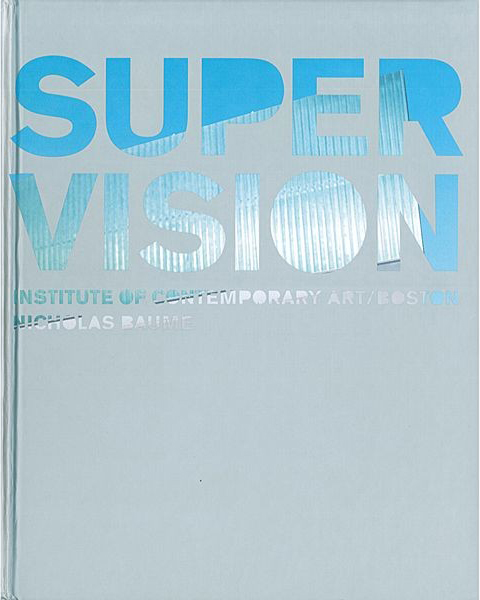Leading contemporary artists including Bridget Riley, Jeff Koons, Mona Hatoum, Andreas Gursky, and Yoko Ono explore the ecstatic and the threatening aspects of contemporary visual experience.
New technology enables super vision―both superhuman visual powers and actual supervision by surveillance. In Super Vision, which accompanies the inaugural exhibit at the new Institute of Contemporary Art, Boston, a broad selection of important works in a variety of media expresses both the ecstatic and the threatening aspects of vision and reveals visual experience as a source of both pleasure and fear. These works reflect the digital era’s profound shift in the nature of visuality itself―as computer graphics and imaging, digitization, and virtuality have transformed both the nature of representation and our relationship to it. Among the leading contemporary artists exploring the changing nature of contemporary visual experience in Super Vision are Bridget Riley, Anish Kapoor, and Gabriel Orozco, with works that bend, twist, and dissolve space, leaving us unsure of the boundaries between inside and outside, surface and depth, self and others. Other works by artists including Jeff Koons, Julie Mehretu, and Andreas Gursky express aspects of virtuality―some explicitly, some more subtly―and explore the changes in the way we see and understand two-dimensional images. Vision in the 21st century is potentially everywhere, all the time; there is no way to escape it. Works by Sigmar Polke, Yoko Ono, Tony Oursler, Thomas Ruff, and others respond in complex ways to this disembodied and penetrating quality of vision. The many full-color images in Super Vision are accompanied by essays by exhibition curator Nicholas Baume, art historian David Joselit, and media theorist McKenzie Wark.
